Discovering Bolivia: Essential Tips for European Visitors
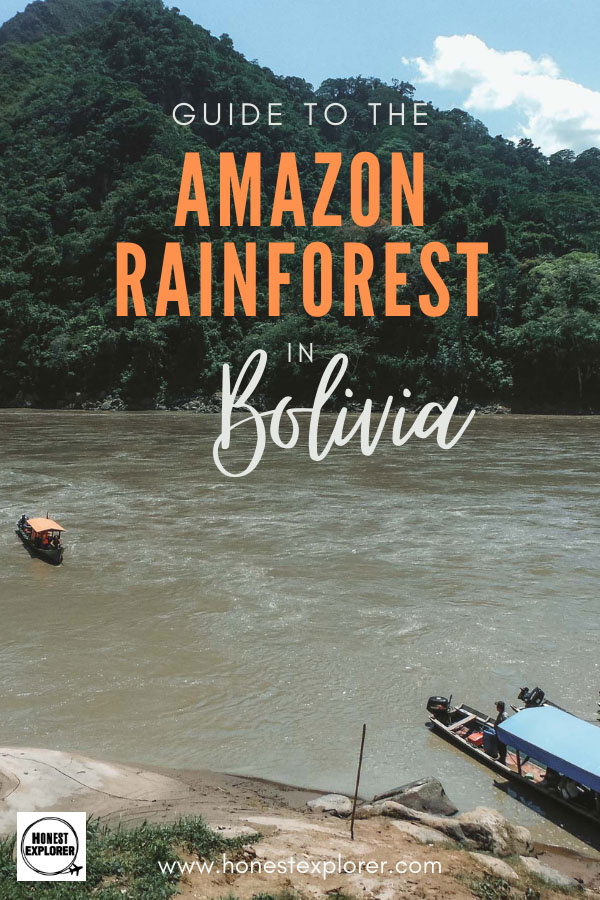
Introduction
Overview of Bolivia
Bolivia, a culturally rich South American country, boasts breathtaking landscapes from the Andes mountains to the Amazon rainforest. With a mix of indigenous traditions and colonial influences, Bolivia offers a unique blend of history and natural beauty.
The country is famous for its vibrant markets, historic cities like Sucre and Potosi, and the otherworldly Salar de Uyuni salt flats. Whether you are an adventure seeker, a history buff, or a nature lover, Bolivia has something for everyone.
Why European Visitors Should Consider Bolivia
European visitors should consider Bolivia for its diverse experiences and authentic cultural encounters. Here are a few reasons why Bolivia should be on your travel list:
- Unique Cultural Fusion: Bolivia's mix of indigenous and Spanish cultures provides a fascinating blend of traditions, music, and cuisine.
- Affordable Travel: Compared to many European destinations, Bolivia offers budget-friendly options for accommodation, food, and activities.
- Stunning Landscapes: From the ancient ruins of Tiwanaku to the lush greenery of the Yungas region, Bolivia's landscapes are diverse and striking.
- Adventure Opportunities: Whether you want to hike the Andes, cycle the Death Road, or explore the Amazon, Bolivia offers a wide range of adventurous activities.
- Warm Hospitality: Bolivians are known for their warm and welcoming nature, making visitors feel at home wherever they go.
Consider Bolivia for your next travel adventure and immerse yourself in a world of culture, history, and natural wonders!
Visa and Entry Requirements
Visa Application Process
When planning your trip to Bolivia as a European visitor, it's essential to understand the visa application process to ensure a smooth entry into the country. Here are some key points to keep in mind:
- Visa Exemption: European citizens from many countries, including those in the Schengen area, do not require a visa for stays of up to 90 days for tourism or business purposes.
- Visa Extensions: If you wish to stay in Bolivia for longer than the initial 90 days, you can apply for an extension at the immigration office in Bolivia.
- Required Documents: When applying for a visa, make sure to have a valid passport, proof of sufficient funds, return ticket, and accommodation details ready.
Entry Regulations for European Citizens
European citizens travelling to Bolivia must comply with certain entry regulations to enter the country smoothly. Here are some key regulations to take note of:
- Passport Validity: Make sure your passport is valid for at least six months beyond your planned departure date from Bolivia.
- Tourist Card: Upon arrival in Bolivia, European visitors are required to fill out a tourist card provided by the immigration authorities.
- Yellow Fever Vaccination: Depending on your travel history, you may need to show proof of yellow fever vaccination, especially if you are entering Bolivia from a high-risk area.
Understanding the visa application process and entry regulations will ensure a hassle-free experience when visiting the beautiful country of Bolivia.
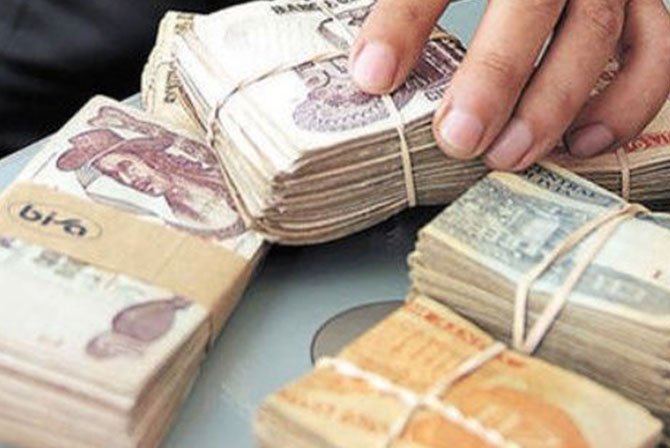
Currency and Exchange Rates
Official Currency in Bolivia
The official currency of Bolivia is the Bolivian Boliviano (BOB). When travelling to Bolivia as a European visitor, it's important to familiarize yourself with the local currency and exchange rates to manage your finances effectively during your stay. Here are some key points about the Bolivian Boliviano:
- Currency Symbol: The symbol for the Boliviano is Bs.
- Denominations: Bolivian banknotes come in denominations of 10, 20, 50, 100, and 200 Bolivianos, while coins are available in 1, 2, and 5 Bolivianos.
- Currency Exchange: It's advisable to exchange a small amount of money into Bolivianos at the airport upon arrival for immediate expenses.
Tips for Exchanging Money in Bolivia
When it comes to exchanging money in Bolivia, here are some tips to make the process smoother and more cost-effective:
- Exchange Rates: Compare exchange rates at different exchange offices to get the best deal.
- Avoid Airport Exchange: Exchange rates at airports are typically less favourable, so consider exchanging money at local banks or exchange bureaus in cities.
- ATMs: ATMs are widely available in major cities, and using your European debit or credit card to withdraw Bolivianos is a convenient option.
By understanding the official currency and following these tips for exchanging money, you can ensure that you have a hassle-free financial experience during your travels in Bolivia.
Weather and Packing Tips
Climate Variations in Bolivia
Bolivia's diverse landscapes result in varying climate conditions throughout the country. It's essential for European travellers to be prepared for these climate variations when planning their trip. Here's what to expect:
- High Altitudes: In regions like La Paz and the Andes, temperatures can drop significantly, especially at night, so pack warm clothing.
- Tropical Areas: Lowland regions like the Amazon Basin experience hot and humid conditions, so lightweight clothing and insect repellent are essential.
- Dry Season: The dry season from May to October is the best time to visit Bolivia for pleasant weather, but be prepared for cold nights in higher altitudes.
- Rainy Season: From November to March is the rainy season, especially in the Amazon region, so waterproof clothing and gear are recommended.
Packing Essentials for European Travelers
When packing for your trip to Bolivia, consider including the following essentials to ensure a comfortable and enjoyable journey:
- Layered Clothing: Pack layers to adjust to the changing temperatures in different regions of Bolivia.
- Comfortable Walking Shoes: Whether exploring city streets or hiking trails, comfortable and sturdy shoes are a must.
- Sun Protection: With Bolivia's high altitude, the sun's UV rays are stronger, so pack sunscreen, sunglasses, and a hat.
- Travel Adapter: European travellers will need a Type C electrical adapter to charge their devices in Bolivia.
- Reusable Water Bottle: Stay hydrated by carrying a reusable water bottle to refill with purified water throughout your travels.
By considering Bolivia's climate variations and packing the necessary essentials, European travellers can be well-prepared for a memorable and comfortable trip to this captivating country.
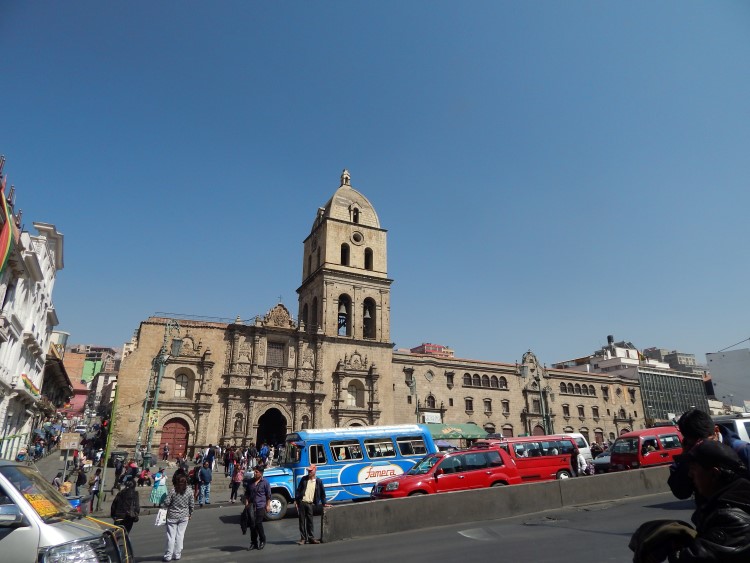
Transportation
Getting Around Bolivia
Navigating the diverse terrain of Bolivia requires reliable transportation options. Here are some tips for getting around this captivating country as a European visitor:
- Domestic Flights: For long distances between cities, consider taking domestic flights to save time and cover vast distances.
- Buses: Bolivia has an extensive bus network connecting major cities and remote areas. Opt for reputable companies for safer and more comfortable journeys.
- Taxis and Ridesharing: Taxis are readily available in urban areas, but ensure they use meters or agree on a fare before the journey. Ridesharing apps like Uber are also operational in some cities.
- Renting a Car: If you prefer flexibility and independence, renting a car is an option, especially for exploring off-the-beaten-path destinations.
Public Transportation Options
When it comes to public transportation within cities in Bolivia, European visitors have several options to choose from:
- Local Buses: Affordable and common in urban areas, local buses are a budget-friendly way to travel short distances.
- Colectivos: Shared minivans or taxis that follow set routes are a popular mode of transportation for both locals and tourists.
- Teleférico: In La Paz, the cable car system known as the Teleférico offers a unique way to enjoy panoramic views of the city while commuting.
Exploring Bolivia's cities and landscapes is convenient because of the variety of transportation options available to suit every traveller's preferences and budgets.
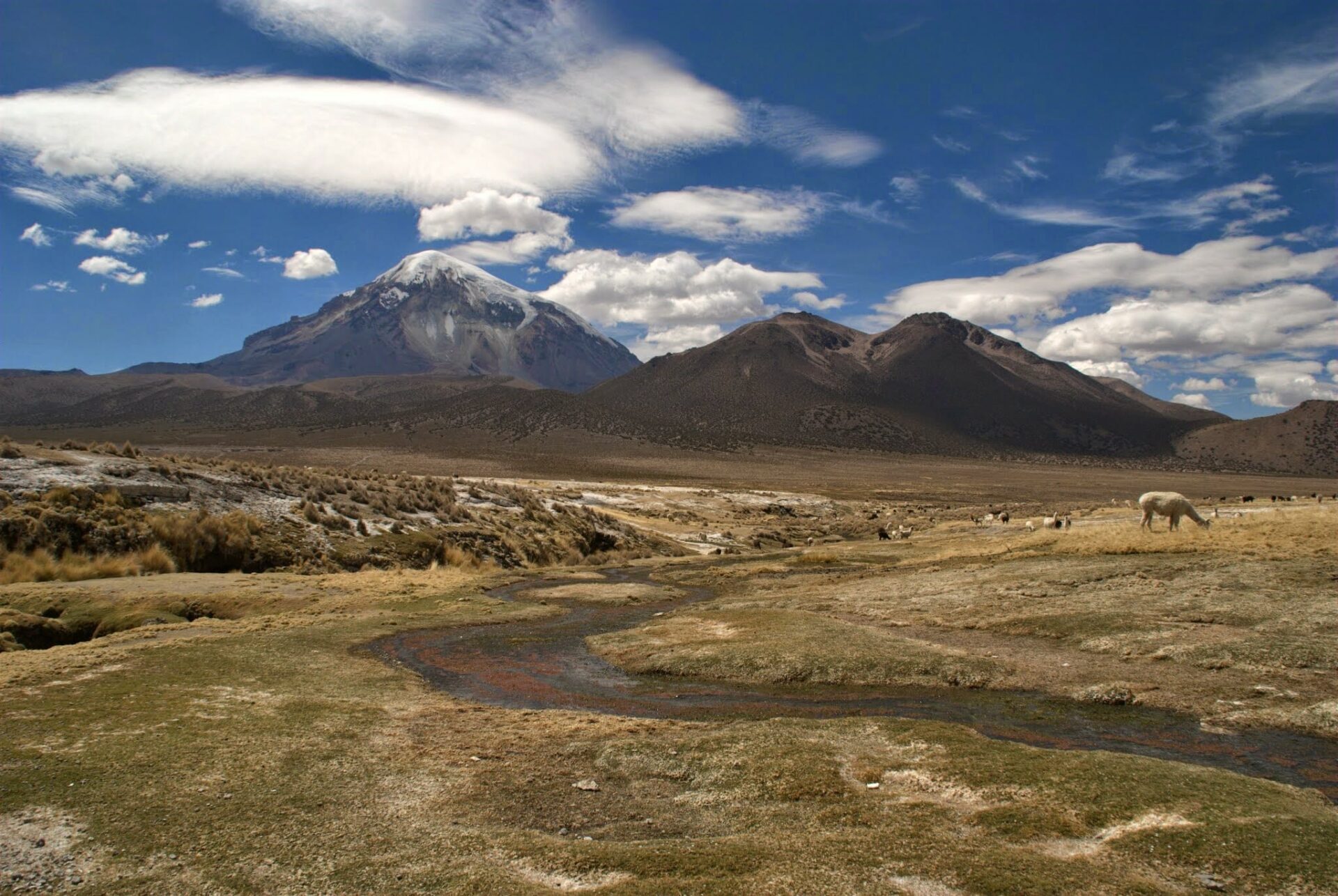
Language and Communication
Official Language in Bolivia
Spanish is the official language of Bolivia, spoken by the majority of the population. As a European visitor, understanding a few key language aspects can enhance your travel experience in Bolivia:
- Common Phrases: Learning basic Spanish phrases such as greetings, thank you, and directions can help you navigate interactions with locals.
- Local Dialects: Bolivian Spanish may have unique regional dialects and vocabulary, so be open to diverse linguistic expressions during your conversations.
- Indigenous Languages: In addition to Spanish, several indigenous languages like Quechua and Aymara are spoken in different parts of Bolivia, showcasing the country's cultural diversity.
Language Tips for European Visitors
Communicating effectively in Bolivia can enrich your cultural immersion. Here are some language tips tailored for European visitors:
- Language Apps: Download language learning apps or carry a pocket phrasebook to help you communicate with locals.
- Practice Pronunciation: Practice pronouncing basic Spanish words to feel more confident when engaging in conversations.
- Engage with Locals: Don't be afraid to practice your Spanish with locals; they appreciate the effort and may even provide valuable insights into Bolivian culture.
Embracing the official language of Spanish and exploring Bolivia's linguistic diversity can enhance your travel experience and foster meaningful connections with the local community.

Cultural Etiquette
Customs and Traditions in Bolivia
Exploring the cultural etiquette of Bolivia can enhance your travel experience by fostering respect and understanding of the local customs and traditions. Here are some key aspects to consider:
- Pachamama: Bolivians have a deep reverence for Pachamama, Mother Earth, so showing respect for nature is integral to their culture.
- Greetings: Greetings are important in Bolivian culture, with handshakes being common among strangers and hugs or kisses on the cheek among acquaintances.
- Gift-Giving: When visiting someone's home, bringing a small gift like chocolates or flowers is a gesture of appreciation.
- Respect for Elders: Showing respect for elders is highly valued in Bolivian society, so addressing them with courtesy is essential.
Dos and Don'ts for European Visitors
As a European visitor in Bolivia, adhering to certain dos and don'ts can help you navigate the cultural landscape with ease and respect. Here are some tips to keep in mind:
- Dos:
- Learn a few Spanish phrases to communicate effectively.
- Dress modestly when visiting religious sites or rural communities.
- Embrace local customs like traditional festivals or dances.
- Don'ts:
- Avoid discussing politics or controversial topics unless initiated by locals.
- Refrain from public displays of affection, especially in conservative areas.
- Don't touch someone's head, as it is considered disrespectful in Bolivian culture.
By embracing the customs and traditions of Bolivia and being mindful of dos and don'ts, European visitors can engage with the local culture respectfully and enjoy a richer travel experience.
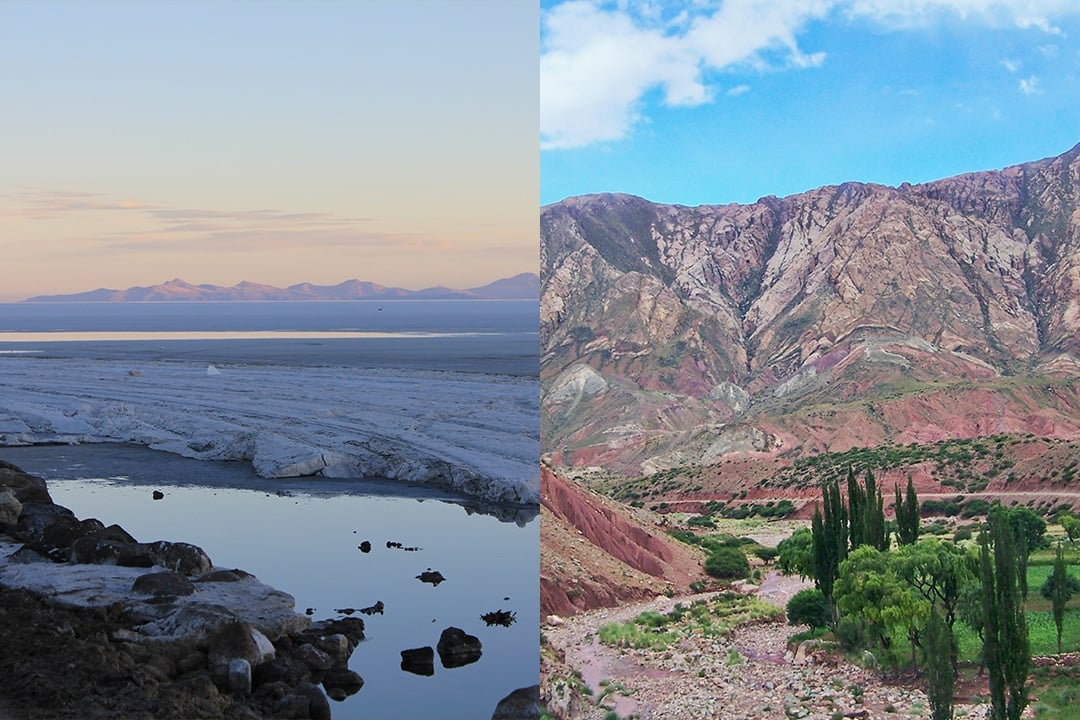
Health and Safety
Vaccinations and Health Precautions
Prioritizing your health and well-being during your travels in Bolivia is crucial. Here are some vaccinations and health precautions to consider as a European visitor:
- Routine Vaccinations: Ensure your routine vaccinations are up to date before travelling to Bolivia.
- Yellow Fever Vaccine: Depending on the areas you plan to visit, a yellow fever vaccination may be required. Check with your healthcare provider.
- Altitude Sickness: If you are travelling to high-altitude regions like La Paz or the Andes, take time to acclimate and consider speaking to your doctor about medication for altitude sickness.
Safety Tips for Traveling in Bolivia
Ensuring your safety while exploring Bolivia is paramount for a worry-free trip. Here are some safety tips for European travellers:
- Safe Drinking Water: Stick to bottled or purified water to avoid water-borne illnesses.
- Street Safety: Exercise caution in crowded areas and beware of pickpockets, especially in tourist hotspots.
- Traffic Awareness: Be vigilant when crossing streets, as traffic in cities like La Paz can be chaotic.
- Emergency Contacts: Keep a list of emergency contacts, including the nearest hospital and your country's embassy or consulate.
By staying informed about necessary vaccinations, taking health precautions, and following safety tips, European visitors can enjoy a safe and healthy journey through the enchanting landscapes of Bolivia.
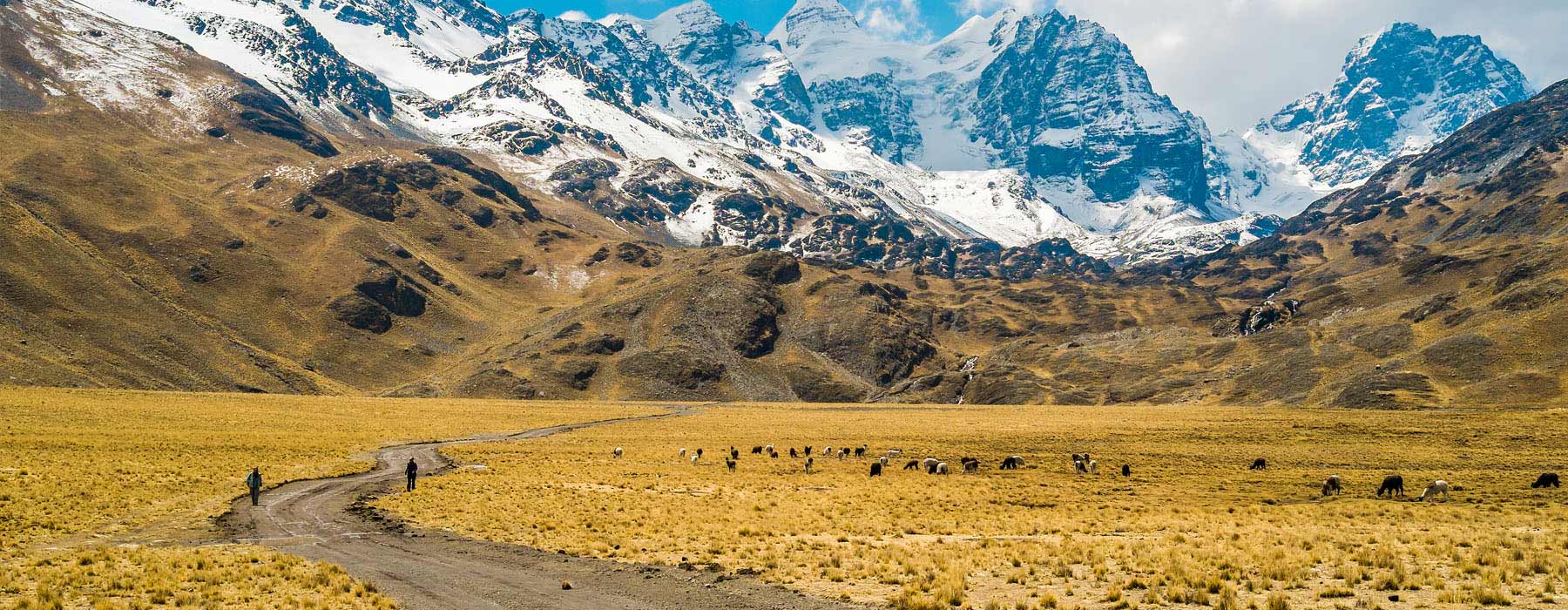
Must-See Destinations
Top Tourist Attractions in Bolivia
Bolivia is a treasure trove of unique and stunning attractions that cater to a wide range of interests. As a European visitor, here are some top tourist attractions in Bolivia that you shouldn't miss:
- Salar de Uyuni: Explore the expansive salt flats, the largest in the world, and witness the surreal landscape that seems to stretch into infinity.
- Tiwanaku: Visit the ancient archaeological site of Tiwanaku to discover the remnants of a pre-Columbian civilization and marvel at the impressive stone structures.
- La Paz: Experience the vibrant capital city of La Paz, known for its bustling markets, colonial architecture, and breathtaking views from the famed "Mirador Killi Killi."
- Lake Titicaca: Discover the beauty of the highest navigable lake in the world, Lake Titicaca, and explore the indigenous cultures and floating islands.
Hidden Gems Off the Beaten Path
In addition to the well-known tourist attractions, Bolivia also boasts hidden gems that offer a more intimate and authentic travel experience. Consider exploring these off-the-beaten-path destinations:
- Torotoro National Park: Embark on an adventure to Torotoro National Park to witness dinosaur footprints, limestone caves, and stunning canyons.
- Samaipata: Visit the tranquil town of Samaipata to see the UNESCO World Heritage Site of El Fuerte, an ancient pre-Inca archaeological site.
- Madidi National Park: Immerse yourself in the biodiversity of the Amazon rainforest by exploring Madidi National Park, home to a vast array of flora and fauna.
By venturing beyond the typical tourist hotspots and discovering these hidden gems, you can truly immerse yourself in the beauty and diversity of Bolivia's landscapes and cultures.
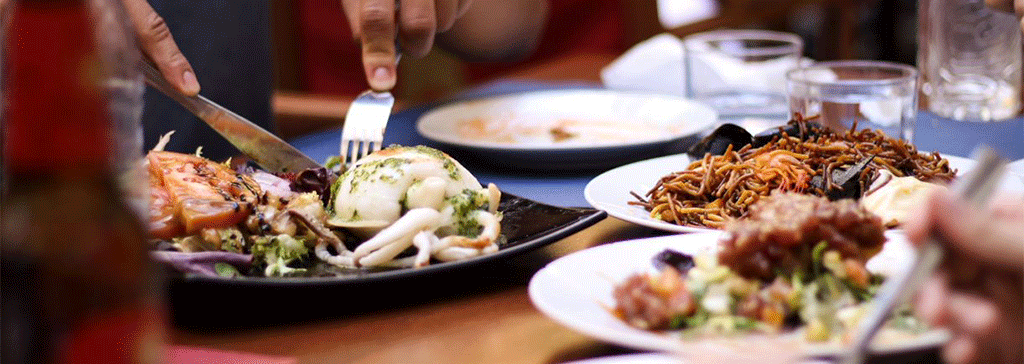
Cuisine and Dining
Traditional Bolivian Dishes
Exploring the culinary delights of Bolivia is a must for any European traveller looking to experience the country's rich cultural tapestry. Here are some traditional Bolivian dishes that you should not miss during your visit:
- Salteñas: These savoury pastries filled with meat, potatoes, and vegetables are a Bolivian breakfast favourite.
- Llajwa: A spicy tomato and chilli sauce that accompanies many Bolivian dishes, adding a burst of flavour.
- Silpancho: A hearty dish consisting of a breaded fried beef cutlet served with rice, potatoes, and a fried egg on top.
- Sopa de Mani: A creamy peanut soup with meat, vegetables, and rice that offers a unique blend of flavours.
Restaurant Etiquette for European Travelers
When dining out in Bolivia, it's important to be mindful of cultural norms and etiquette. Here are some tips for European travellers to navigate dining experiences in Bolivia smoothly:
- Greetings: Start your meal with a polite greeting to the staff and fellow diners to show respect.
- Tipping: While not obligatory, leaving a 10% tip for good service is appreciated in Bolivia.
- Meal Times: Lunch is the main meal of the day in Bolivia, typically lasting longer than dinner, so plan your schedule accordingly.
- Sharing: Bolivian dining often involves sharing dishes family-style, so be open to trying a bit of everything.
By savouring traditional Bolivian dishes and embracing restaurant etiquette, European travellers can indulge in a culinary journey that reflects the vibrancy and diversity of Bolivia's gastronomic heritage.
